I was thrilled to be granted press credentials for this year’s 79th U.S. Women’s Open Championship held at Lancaster Country Club (LCC) in June. I reveled in covering the 70th U.S. Women’s Open Championship hosted at LCC. Thanks to my trusty Yashica Mat camera (1958) and more than $25,000 in equipment on loan from Nikon, I had the time of my life at this year’s Open.
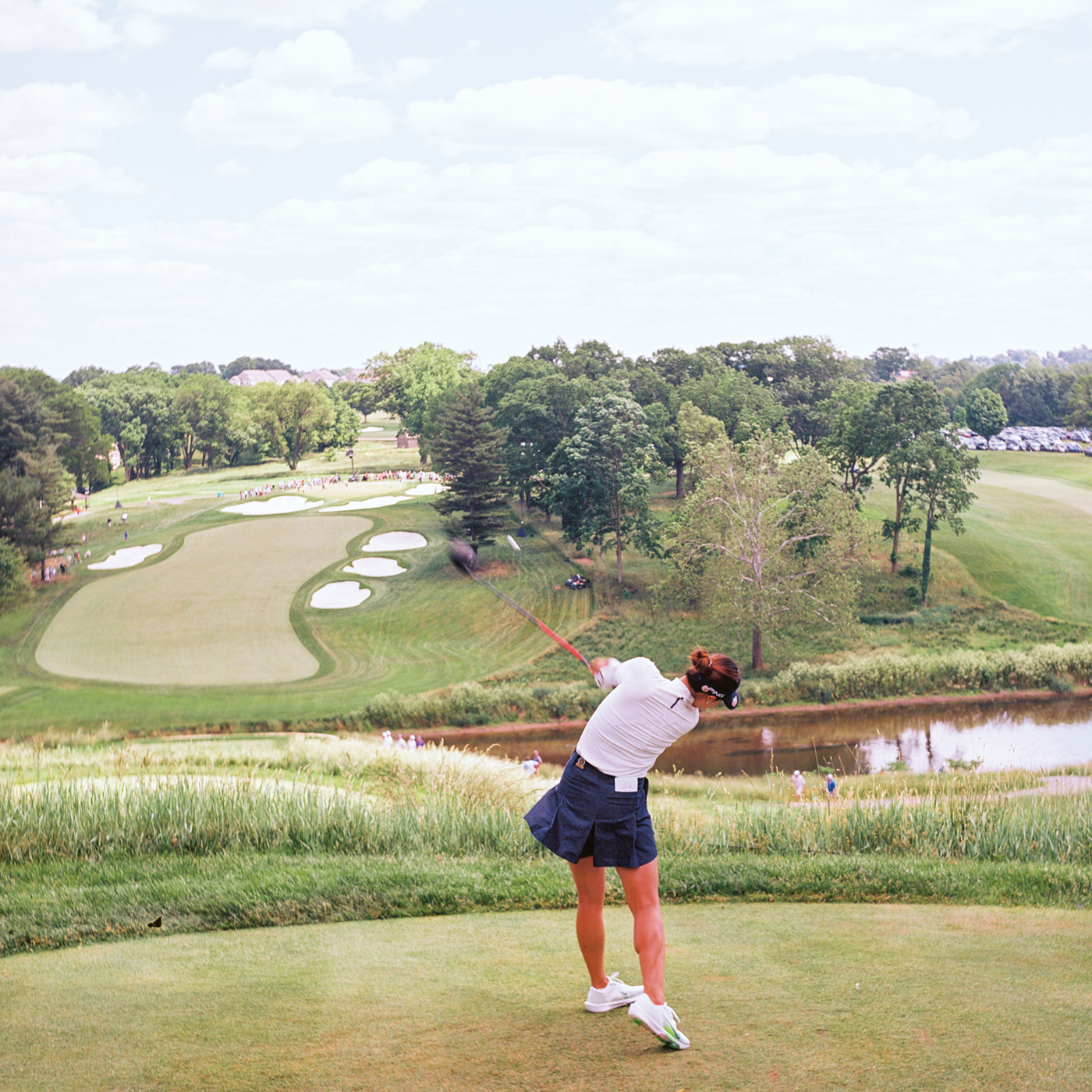
The U.S. Woman’s Open Championship returned to the Lancaster Country Club in June 2024, following its highly successful inaugural outing in 2015. The 403-yard third tee provides a spectacular view overlooking the Conestoga River.
It’s not every year the U.S. Women’s Open Championship comes to town. In fact, it rarely makes a return visit to a course within a 10-year period. However, there is one exception: Pebble Beach Golf Links. Having visited Pebble’s 18th green on the Monterey Peninsula, I must admit it’s breathtaking and its reputation as being the “the most famous finishing hole in golf,” is warranted. To have Lancaster Country Club appear in the same conversation as Pebble Beach is astounding.
2015 to 2024
It was immediately obvious that the club – and Lancaster – was well prepared to welcome the 79th U.S. Women’s Open Championship. Since the inaugural event, the club had undergone extensive renovations. Now, manicured landscapes and sweeping views opened up LCC’s course to faster-drying fairways. Native grasses and sand bunkers added to the course’s difficulty and charm. A new entrance and swimming pool complex (which were reserved for players) were part of the extensive renovation project that had been undertaken ahead of LCC’s 125th anniversary.
As in 2015, the course’s infrastructure was transformed into a temporary village. Dining experiences throughout the course were equipped with water, electric service, restrooms, scoreboards and massive air conditioning units. Data cables lined the fairways for connectivity and TV broadcasts that are aided by cameras that zip by overhead on wires, while lifts elevate TV crews above the trees.
The USGA Media Center equated to NASA mission control, as it hosted dozens of desks, massive video projections, exhausted staffers and a much-appreciated coffee bar. (I was told the media center at the men’s U.S. Open is even larger.)
Beyond golf, tremendous resources are invested into the host community, attracting businesses, spectators and world-class golfers to courses such as Lancaster Country Club. But with the passage of time comes change. Analog scoreboards are now digital, coupled with the USGA mobile app, providing real-time updates on the course. The television landscape has also changed, as the tournament was carried on NBC, the Golf Channel and NBC’s streaming service, Peacock. In 2015, In Gee Chun won the Championship and with it, $810,000. In 2024, the total purse increased to $12 million, with the champion receiving $2.4 million (closing in on the record $4.3 million payout to the 2024 U.S. Open champion, Bryson DeChambeau).
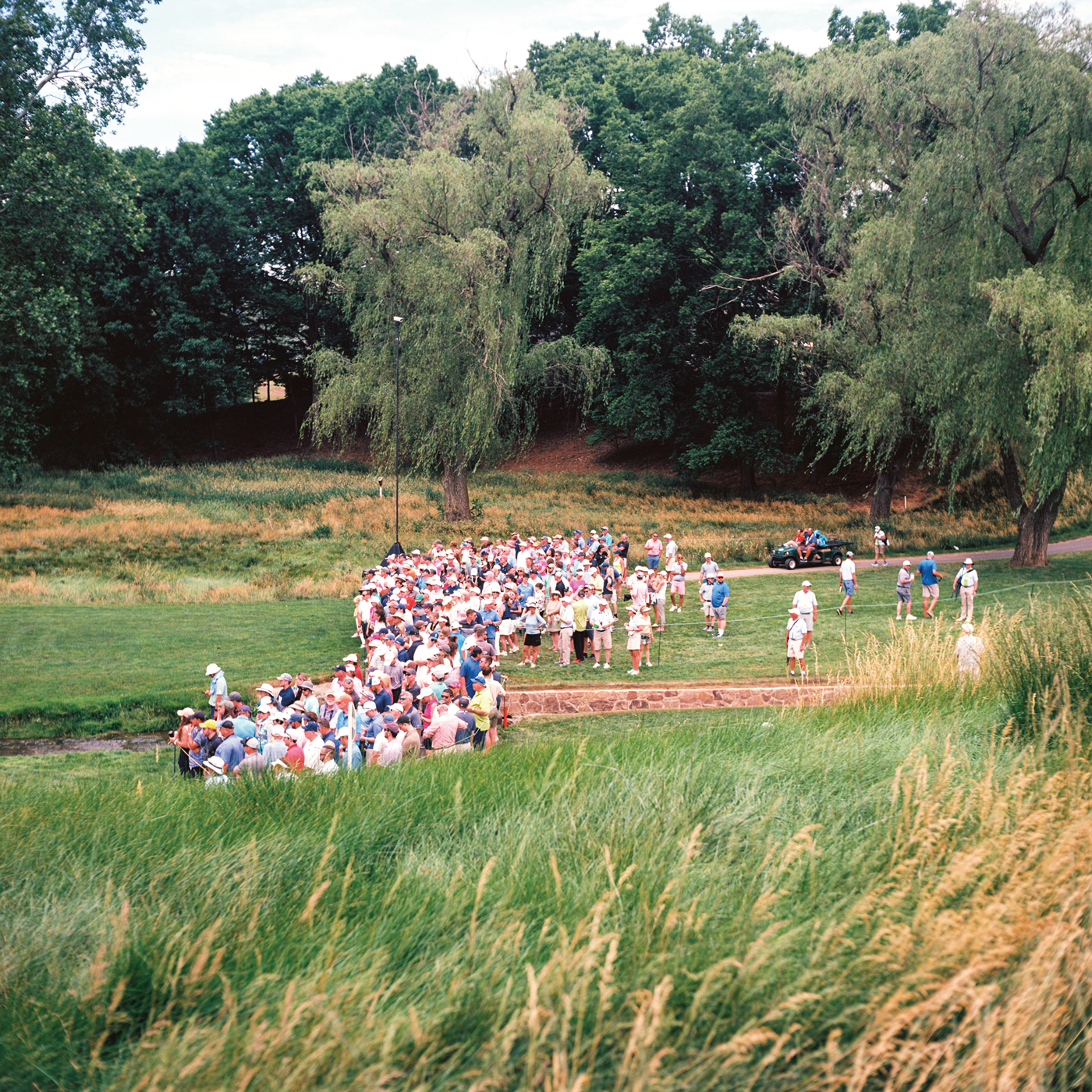
Golf fans embraced the opportunity to watch their favorite players in action, with many putting in miles of walking over the course of the tournament.
1958 Yashica Mat
Preparing to photograph the event, I was struck by how much cameras had evolved since 2015. DSLRs, which I still use, are less fashionable than mirrorless cameras that operate silently. A golf necessity, coming up with two mirrorless cameras would be a tall order.
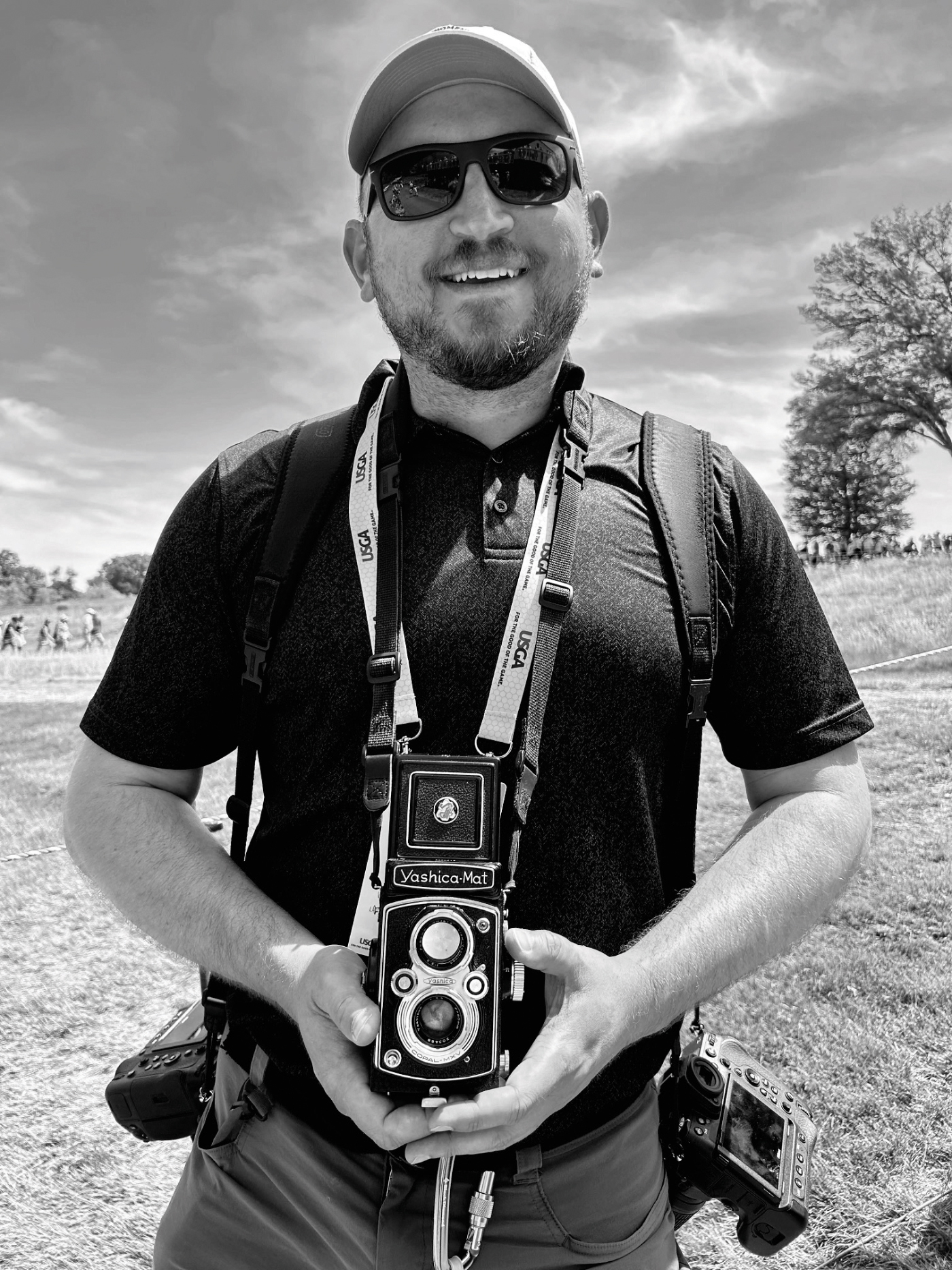
Jordan Bush’s decision to bring his Yashica Mat camera (1958) to the Open created unexpected interactions with players, caddies, guests and tournament personnel. For instance, player Ai Suzuki (below) happily posed for photos while she was on the practice green. Another player, Yiu Kawamoto, and her caddy, Mirei Midorikawa, pointed at the camera and waved as they made their way to the 12th hole.
Photographing all week, I decided to document the event in a second storyline using a film camera. Film has never gone away; the aesthetic and process are as relevant as ever, intentionally approaching light, shadows and moments without a safety net. I might take thousands of digital photographs in one afternoon, and only two or three film photographs (or none) in another, looking for the right moment.
With several options, I chose my 1958 Yashica Mat, a twin-lens reflex camera (TLR). The top lens is for viewing, and the 80mm bottom lens is for exposing film. Compact and lightweight, it’s nearly silent. There are no additional lenses to carry. Operation is completely manual, devoid of autofocus, zoom or a light meter. The waist-level viewfinder displays in obverse: left is right, right is left. Larger, 6×6 cm square negatives comprise the iconic format Instagram used to build its brand. Unlike 35mm canisters, 120 film is wrapped in paper. Changing rolls would need to be well-timed. I took 10 rolls of Kodak Ektar 100 (speed) film, with several drop-offs at Perfect Image Camera for developing and scanning. Each click costs $3.50 total.
The People You’ll Meet
The Yashica first came out of the bag on Wednesday morning for the last practice round. Almost immediately, the first comment came from Joe Calhoun (recently retired from WGAL), who remarked, “Now that’s a beautiful camera!” I frequently photograph with the Yashica at Strasburg Rail Road, where most people walk in front of the camera, oblivious to its presence. I’m looking down into a waist-level viewfinder, not at a phone. Joe was astutely aware of the camera; otherwise, I expected the Yashica to go unnoticed.
Entering through security, camera equipment needed to be inspected. Each time, curious security guards wanted to look through the viewfinder. “Here’s the camera I told you about!” one said to another. Passing by crowds, and photographing along the course ropes, the camera’s attention grew. I tried to blend in, but the Yashica drew gazes constantly. What felt like every dozen people, someone commented. “Wow, look at that camera!” or incorrectly, “A [Kodak] Brownie! What is that doing here?” Teens asked if it took good photographs or occasionally, what film was loaded. After several days, I answered curious glances with, “1958.” Without fail, everyone replied, “That’s what I was about to ask.”
The Yashica led to dozens of wonderful conversations with LCC members, USGA volunteers, marshals and security officers, not to mention friends and acquaintances, as well as people like Adrian Godoy, a writer with a journalism degree, who was instrumental in photographing the Women’s Open. Two weeks later, he would be working at the men’s 2024 U.S. Open in Pinehurst, North Carolina. I envied him for that assignment.
On Thursday, Ai Suzuki, an accomplished player legitimately famous in Japan, practiced in a sand bunker near the main gate. Able to “zoom with my feet,” this moment was made for the Yashica. Soon after, caddy Garry Johnstone walked over to me. Thinking he might be annoyed, Garry introduced himself and was enthusiastic about seeing a 66-year-old Japanese camera.
Ai’s trainer, Takemasa Kudou, followed suit. A conversation in Japanese unfolded with Garry translating. Thinking Ai might be bothered, she climbed out of the bunker, tapped the sand off her shoes with her club, and walked over to see the camera. Through Garry, I asked if Ai would pose for a portrait; she happily posed for two. It was a humbling, thrilling and unfamiliar moment. I desperately hoped the film would turn out well. I’d know the outcome days later. So, too, would Ai. She made the cut and finished Sunday, tied for 67th, earning $21,743. Not a bad week.
The scenic 7th back tee looks across the Conestoga River, famous for spectating kayakers around the bridge. Here, volunteer Drew Xentaras recalled a TLR camera that belonged to his father. He dug it out of storage and sent me a few photographs of a gorgeous 1950s German-made Rolleiflex, with plans to use it.
The ominous 12th green brought unexpected moments. Canted towards a stream laying waste to dozens of golf balls, 12 was the destroyer of dreams. In the first round, it dashed the chances of favorite and LPGA World Ranked number-one player, Nelly Korda. I was there, reluctantly capturing the gutting moment. Two days later in the third round, a caddy walking down the same hill pointed at the Yashica and exclaimed something in Japanese. Caddy Mirei Midorikawa and player Yui Kawamoto smiled, waving at the camera as they passed. On Sunday, Kawamoto tied for 39th overall (five-way), earning $44,897.
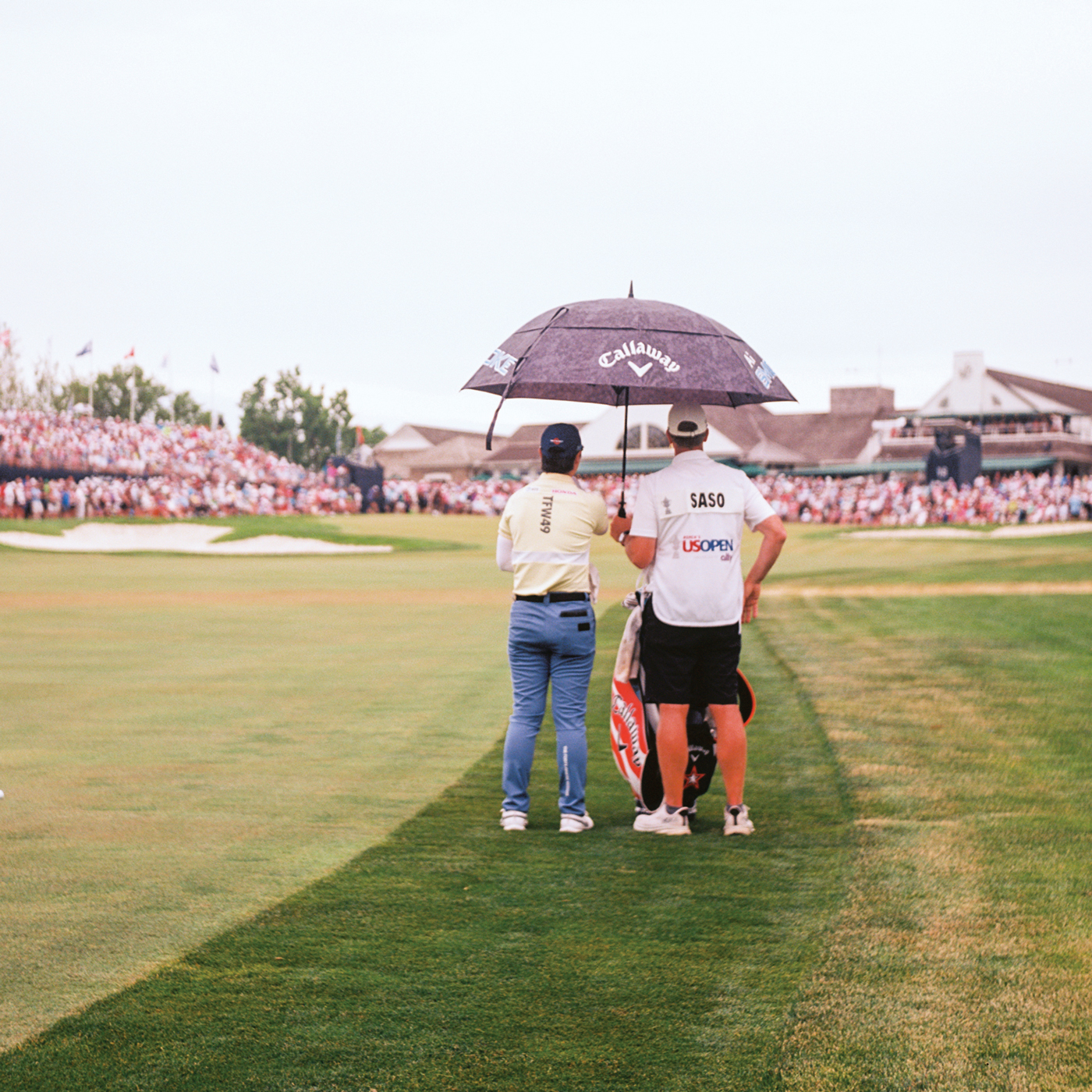
Yuka Saso approaches the 18th hole in the rain during the final round, moments before winning the Championship.
Around the busy 18th fairway leading uphill to the clubhouse, I met Brad Peterson. A course volunteer from Elizabethtown, Brad mentioned he shoots film and used to work in a darkroom. In the stands, Manheim Township police officer, Michele Klinger, appeared from behind a camera that she brought for the fourth round. We met Monday morning near 16, discussing photography and the famed 1930s press photographer, Weegee (Arthur Fellig). There was a conversation with East Lampeter police lieutenant, Rob Eachus, who mentioned this is a years-long planning effort. He would retire when the Open concluded.
The most startling moment came in the final round. Following leaders Minjee Lee and Andrea Lee and hustling down the first fairway with NBC’s crew hot on our heels, another photographer asked, “Do you soup your own film?” Meaning, do I hand-develop my film? (Yes, black-and-white). He and another shooter said they photographed the Yashica in action throughout the week. I was dumbstruck.
All-In
Applying for a credential to the 79th U.S. Women’s Open Championship was on my calendar for nearly two years. Requests opened on March 7 (2024), and unfortunately, I was denied immediately. Likely due to my email address not being connected to our publisher, my appeal went unanswered. Two months went by. Editor Sue Long contacted the USGA on my behalf. Inspired by a conversation with chef Bushra Fakier of Flavors of Morocco, I appealed yet again. Twenty-nine minutes later, with three weeks to go, I was approved.
I not only had to prepare for the Open, but I had several commercial and magazine photography projects to complete. Procuring silent cameras was at the top of my To-Do list. A Nikon Professional Services member since 2011, Nikon offers paid tiers with equipment consignments. Upgrading my membership would cost hundreds, not thousands of dollars. With no guarantees, I requested two mirrorless cameras and a 400mm telephoto lens. Soon after, $25,249.80 in new gear arrived at my disposal for a week, ruining me for life.
Next, my USGA credential didn’t provide inside-the-ropes access that benefits larger media outlets. As crowds grew, I started missing shots. After two requests, on Sunday afternoon I was granted inside-the-ropes access. It was an emotional moment, and I went into overdrive.
No longer needing to camp out at the 18th green, I could follow the lead group for the final round. At hole 4, I ran out of water. Around the 7th or 8th hole, the leaderboard started to shift away from Andrea Lee and former champion, Minjee Lee, to another former champion, Yuka Saso. Rather than transiting the course to 9, I followed Yuka from nearby 12 to the finish. Needing water made the fortuitous decision easier.
When Yuka stepped off the course at 18, two pairings remained, followed by a televised award ceremony. Photographing now for 12 hours, I was down to three film exposures and a 30% charge on one battery … between two digital cameras. Switching a battery is faster than changing lenses. Memory cards were also filling up rapidly. One camera had 100 frames remaining, while the other had 500 frames. Storage evaporates at 20 frames per second, so battery and memory were rationed. My last resort, an iPhone 14 Pro, had a 20% charge.
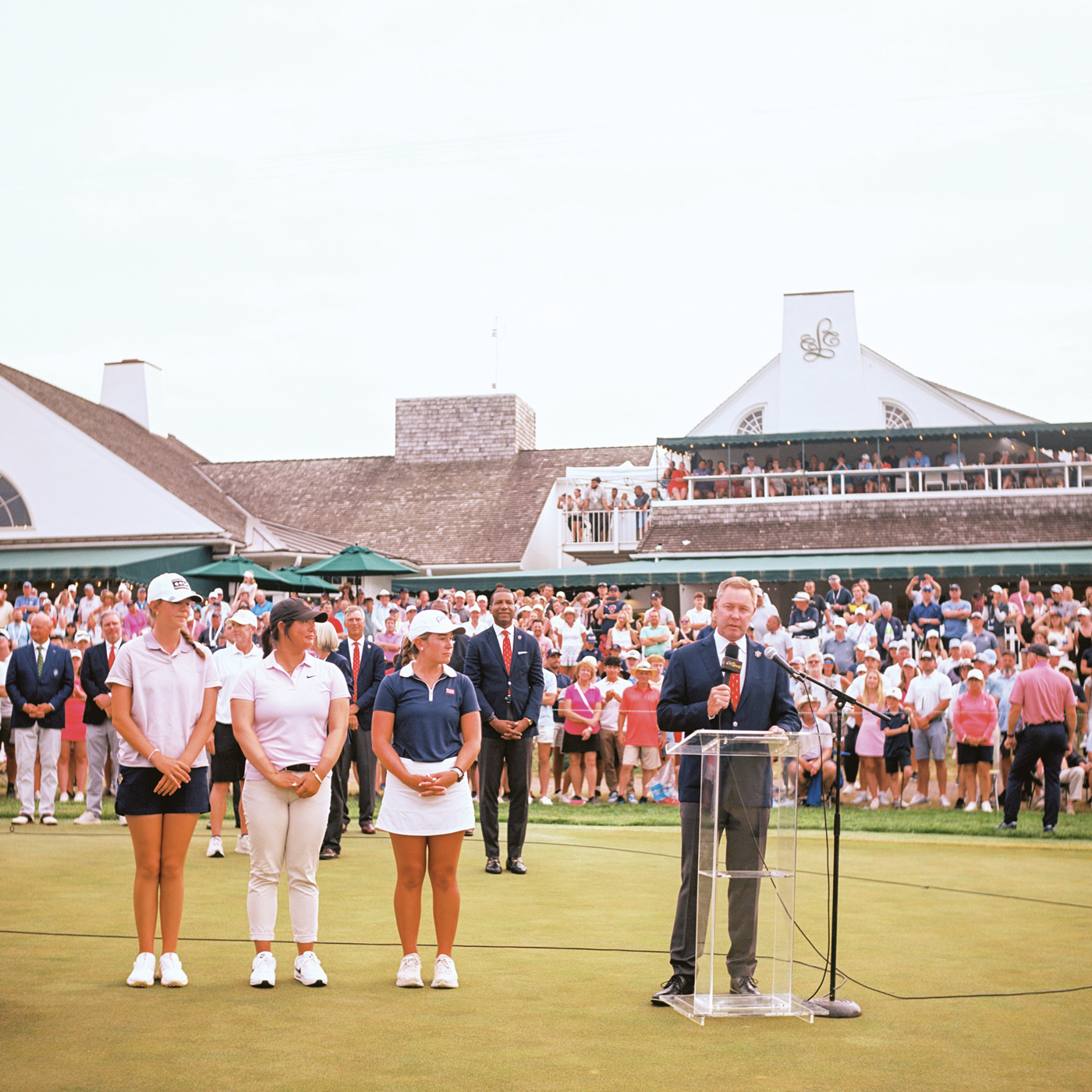
Honors for Asterisk Talley, Catherine Park and Megan Schofill, who tied for lowest-scoring amateur (Low Amateur), are announced by Mike Whan, USGA CEO. (Tied for 44th at +12 strokes, seven-way tie).
Yuka took her shot, and I took mine. Instead of $2.4 million, I brought home over 16,000 digital photographs and 100 on film. It took a week to organize several terabytes of data. Traversing 43 rolling miles with three cameras, all seven days were covered of the 79th U.S. Women’s Open Championship. Most were 10- to 12-hour shoots, the balance spent preparing for the next day. It’s difficult to explain, but I had to be there. It occurred to me that I was 30 years old at Lancaster’s first Women’s Open, and should it return, at the earliest, I’ll be in my 50s. I wouldn’t say the perspective triggered a midlife crisis, but it reminded me that life’s moments, great and small, pass by in a flash. Capture them however you can.
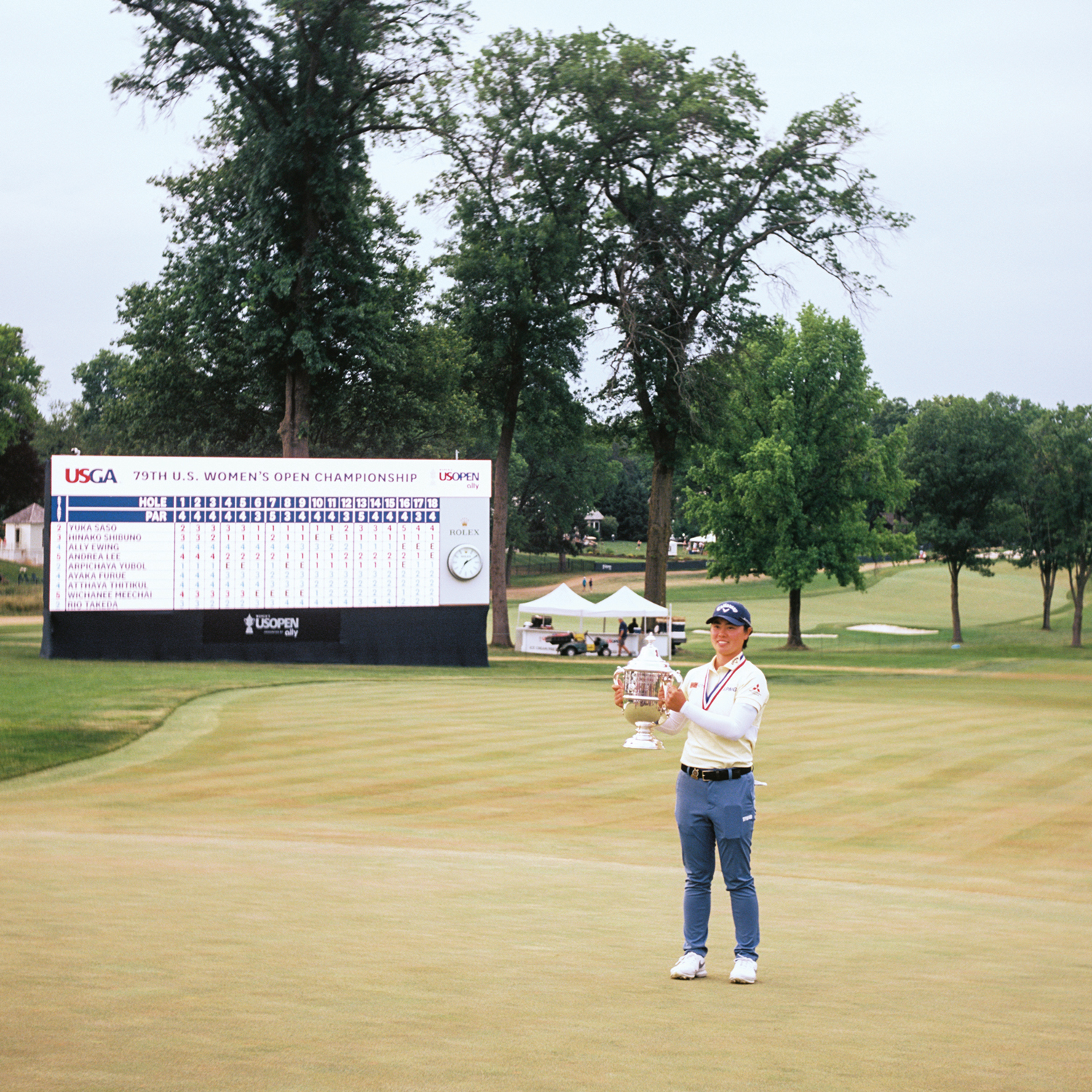
Yuka Saso, the winner of the 79th U.S. Women’s Open Championship. Born in the Philippines, she honored her Japanese father this year by playing under the Japanese flag. Her win elevated Saso to No. 6 on the Rolex Women’s World Golf Rankings. According to NBC’s Olympic bios, the 23-year-old Saso credits her win in Lancaster for giving her the confidence to successfully vie for a position on Japan’s Olympic golf team.


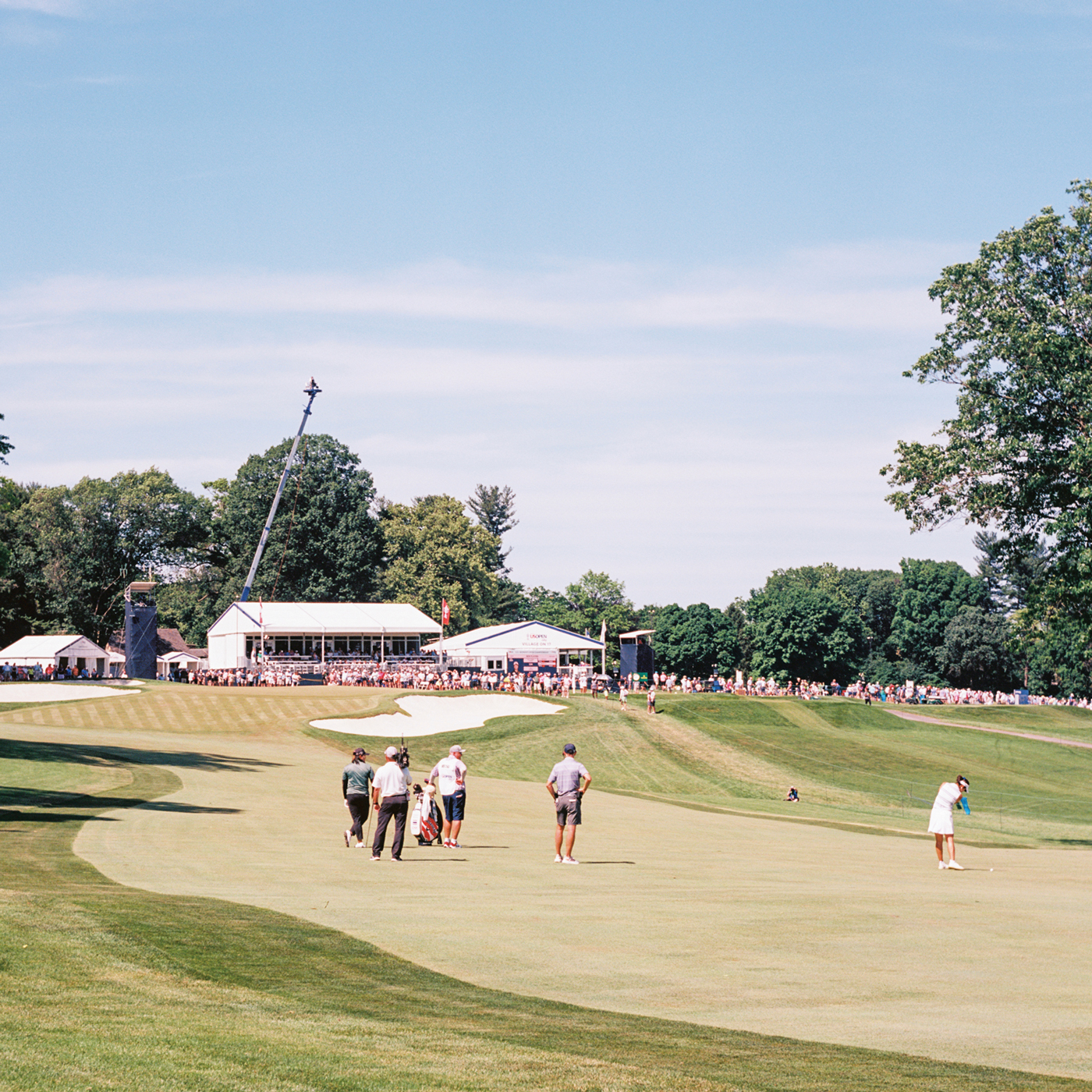

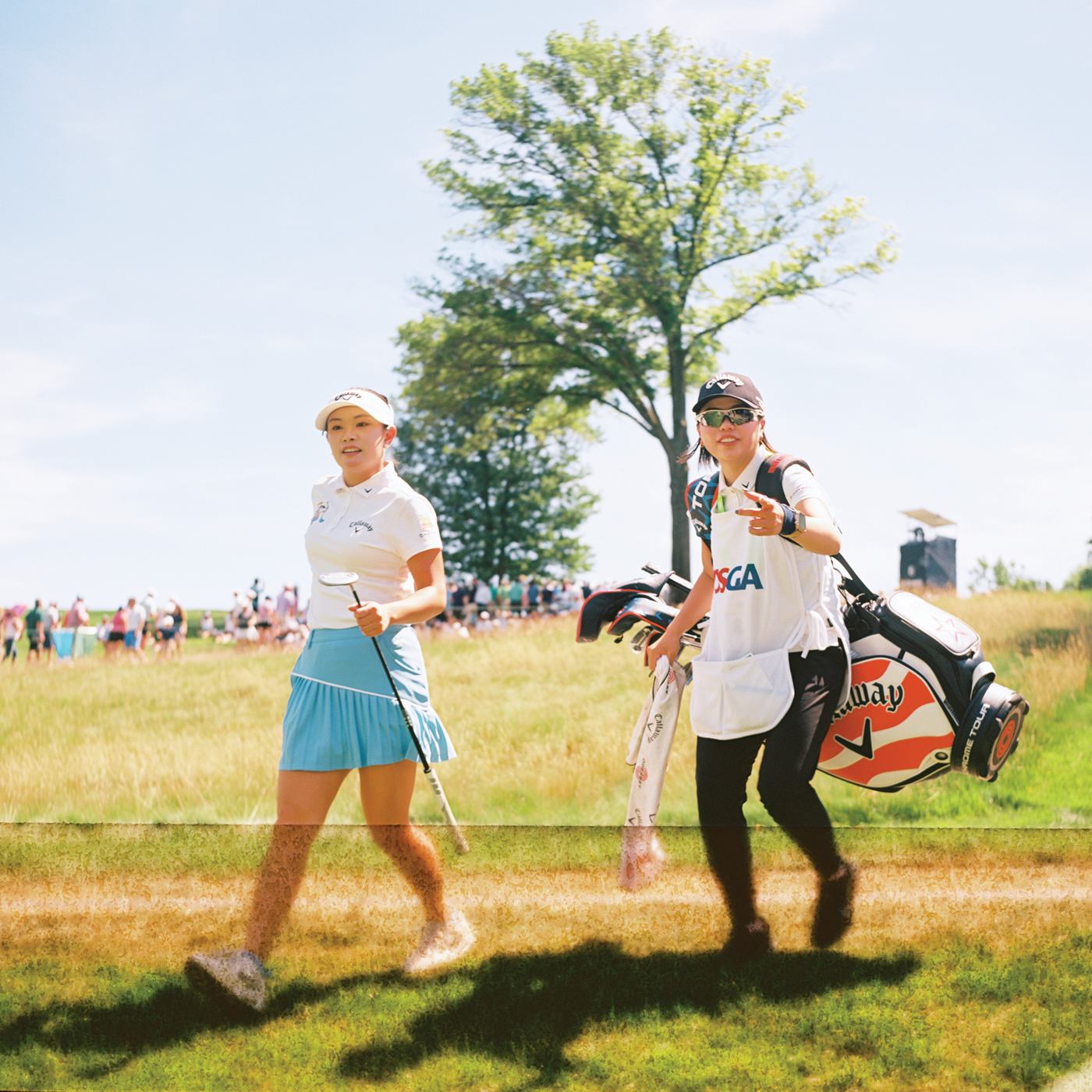
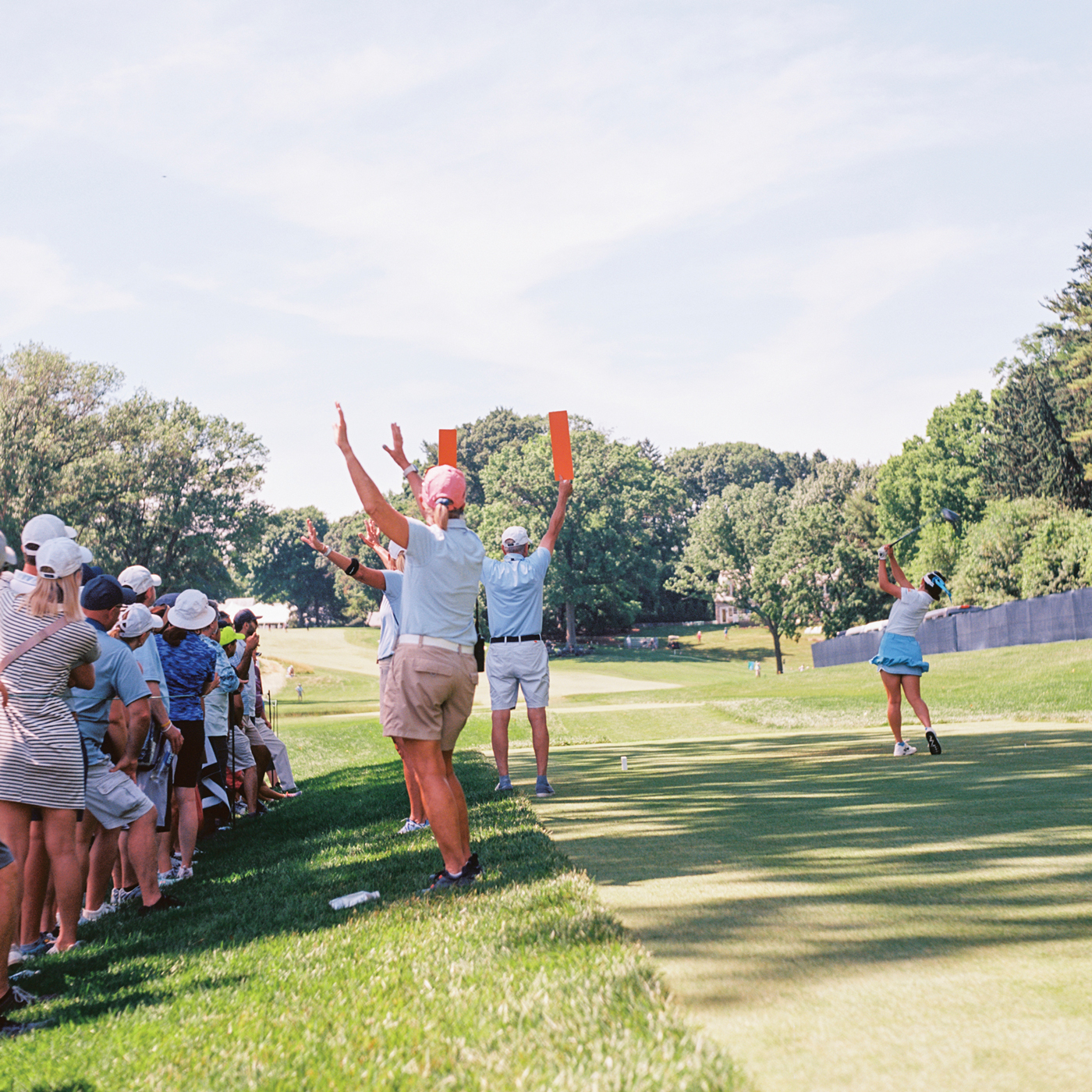
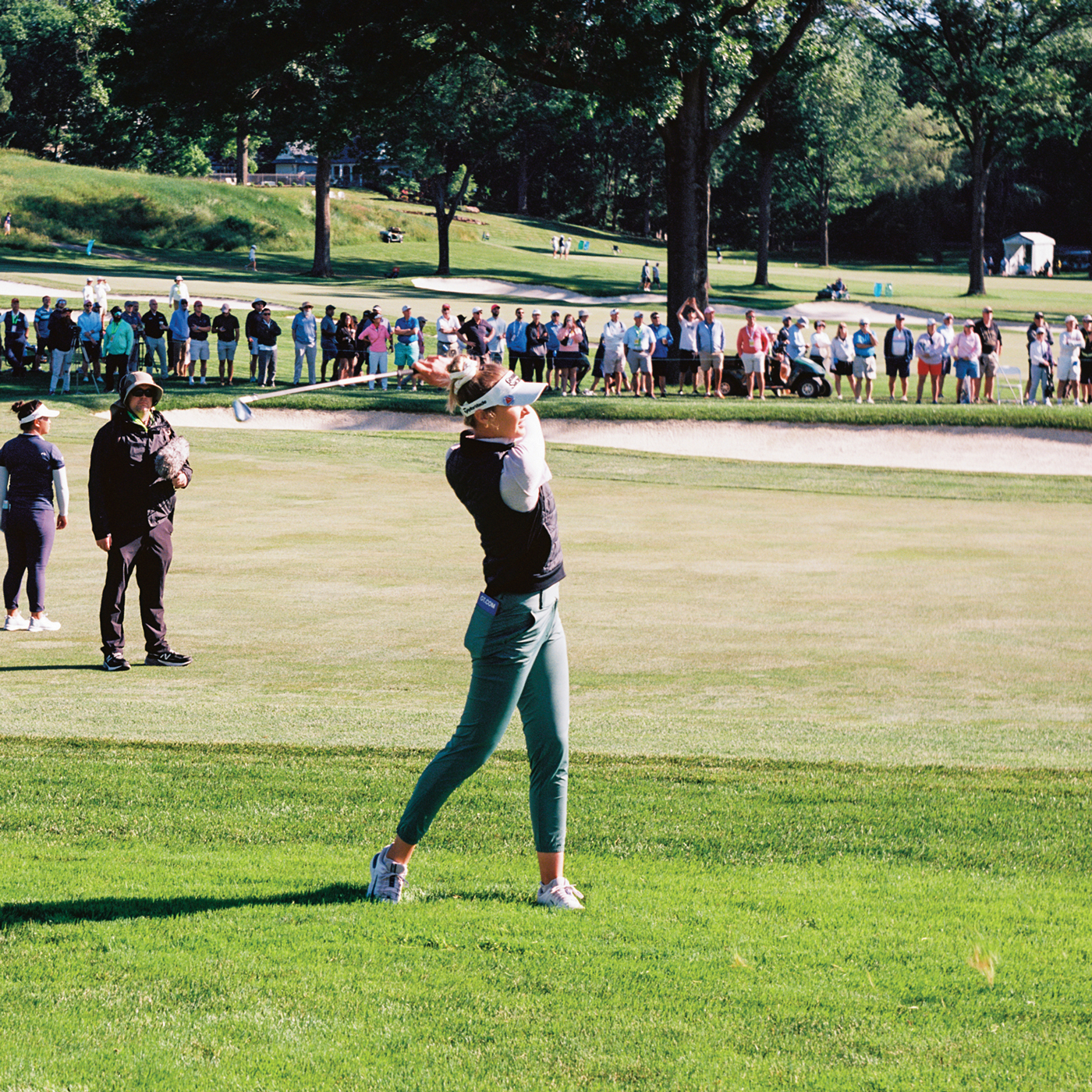

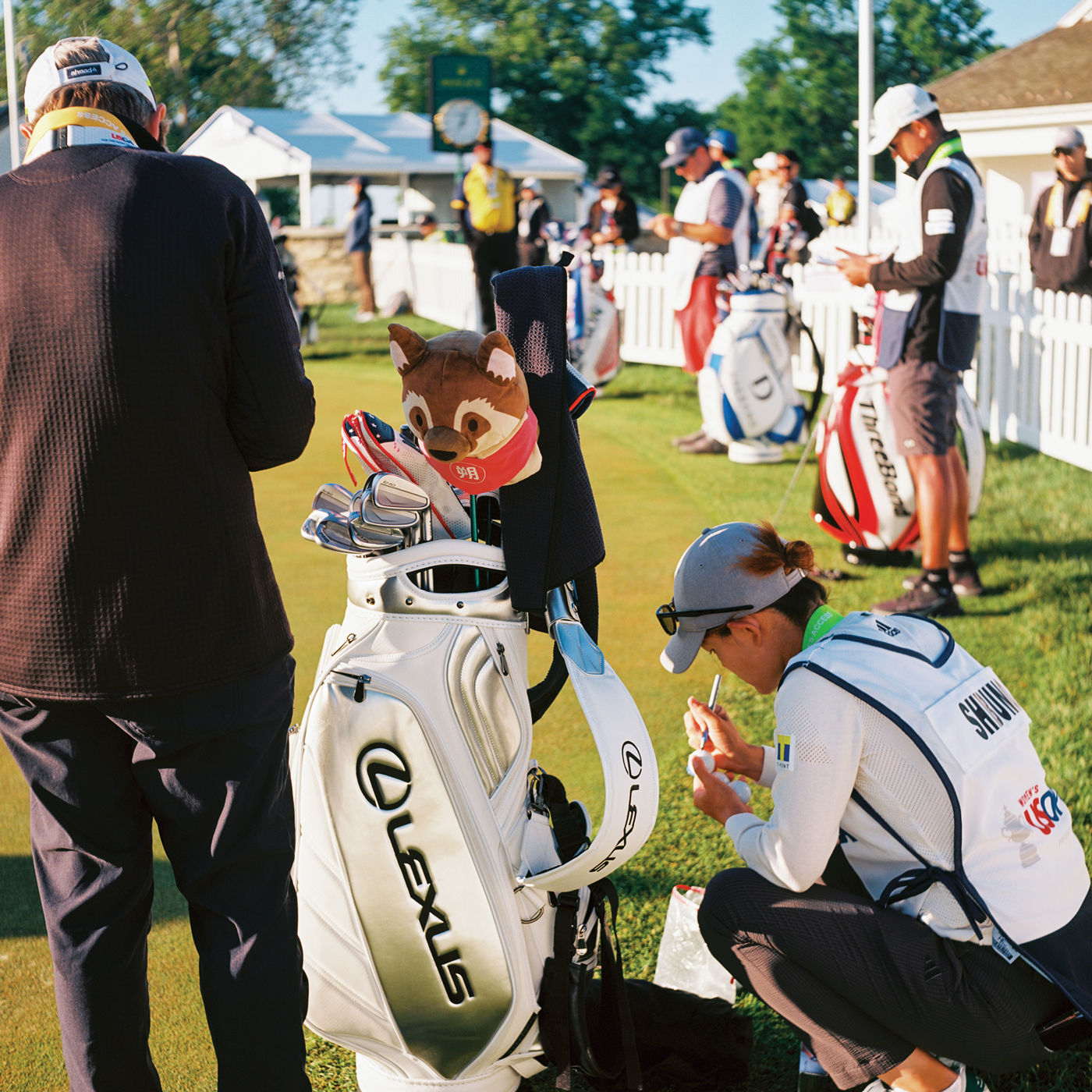
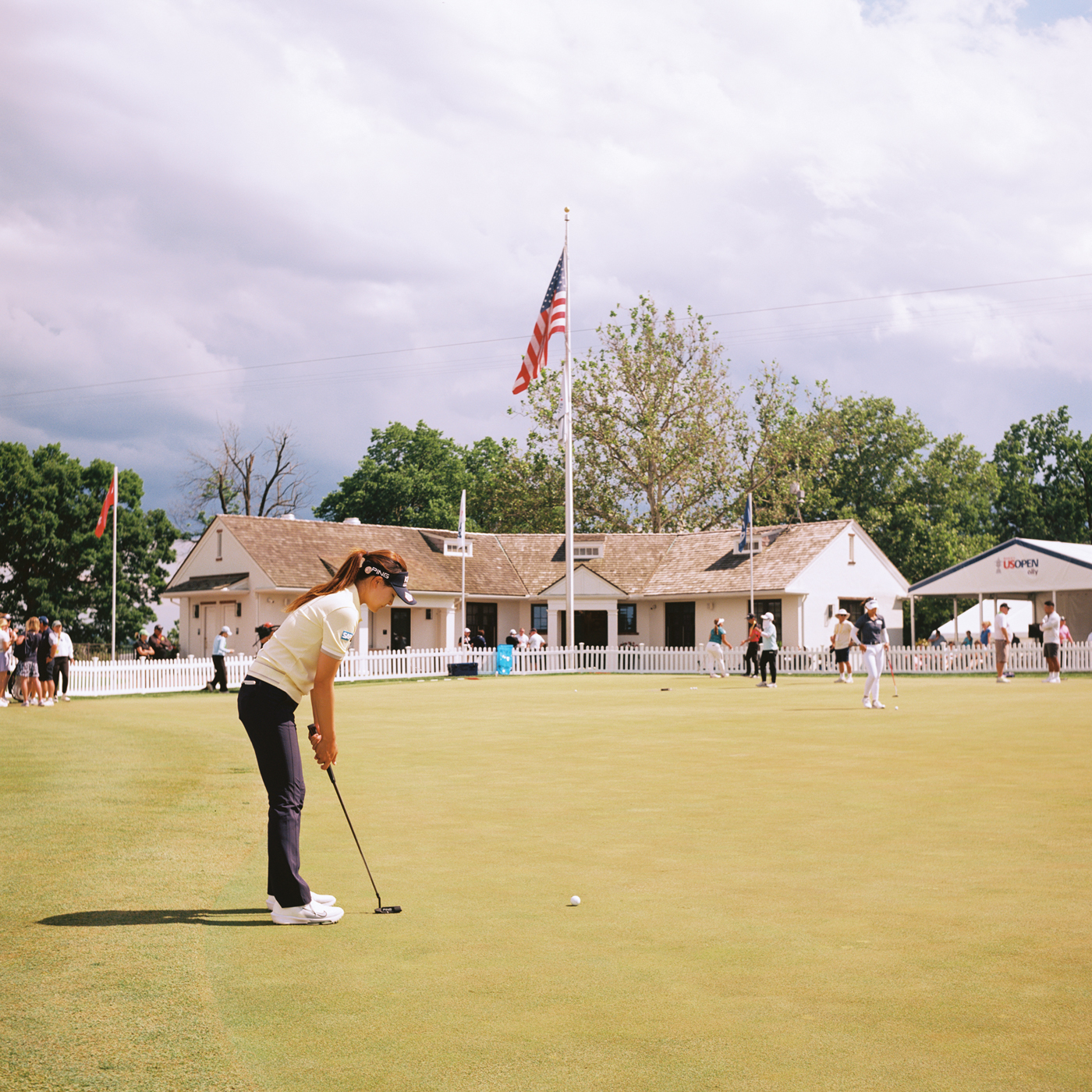
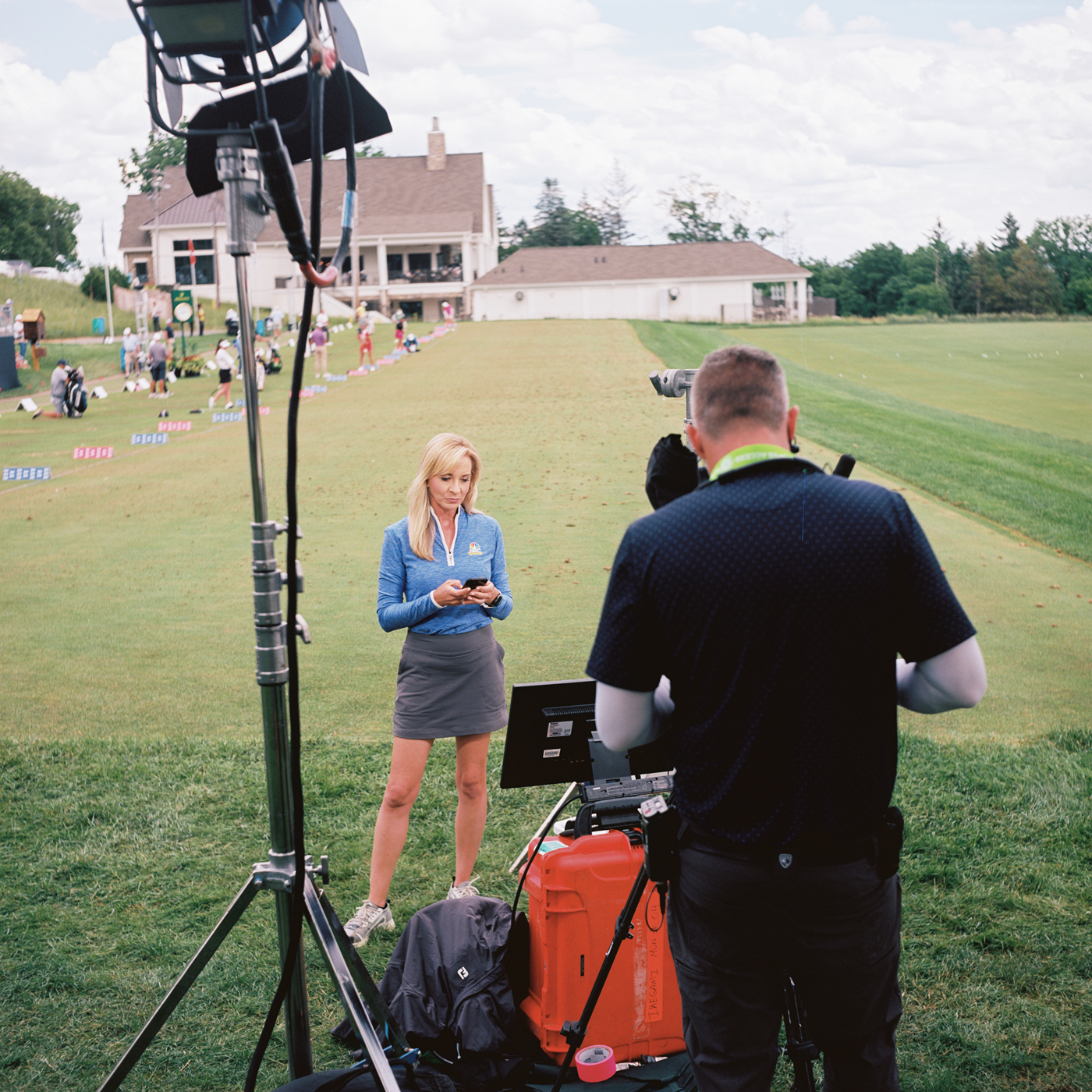
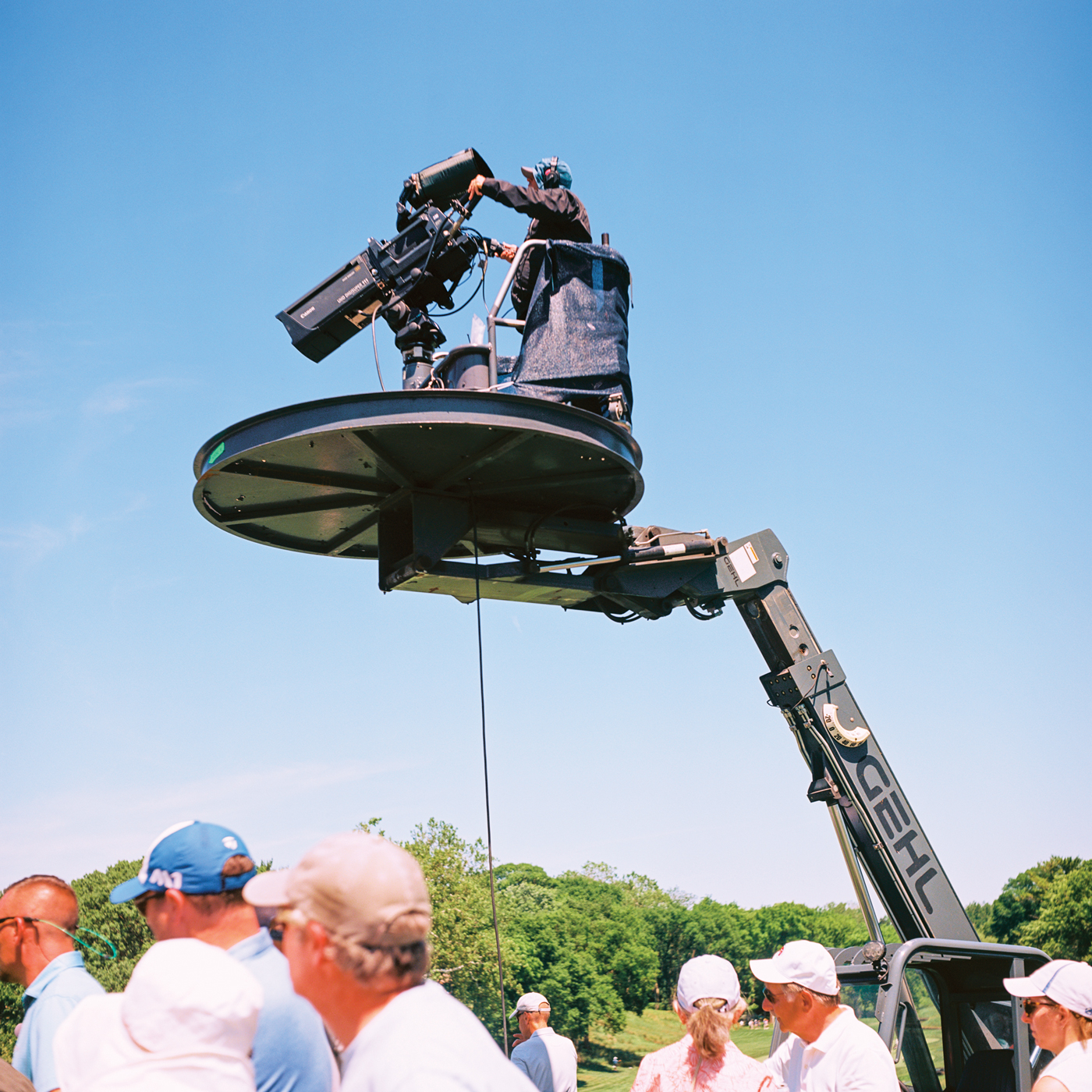
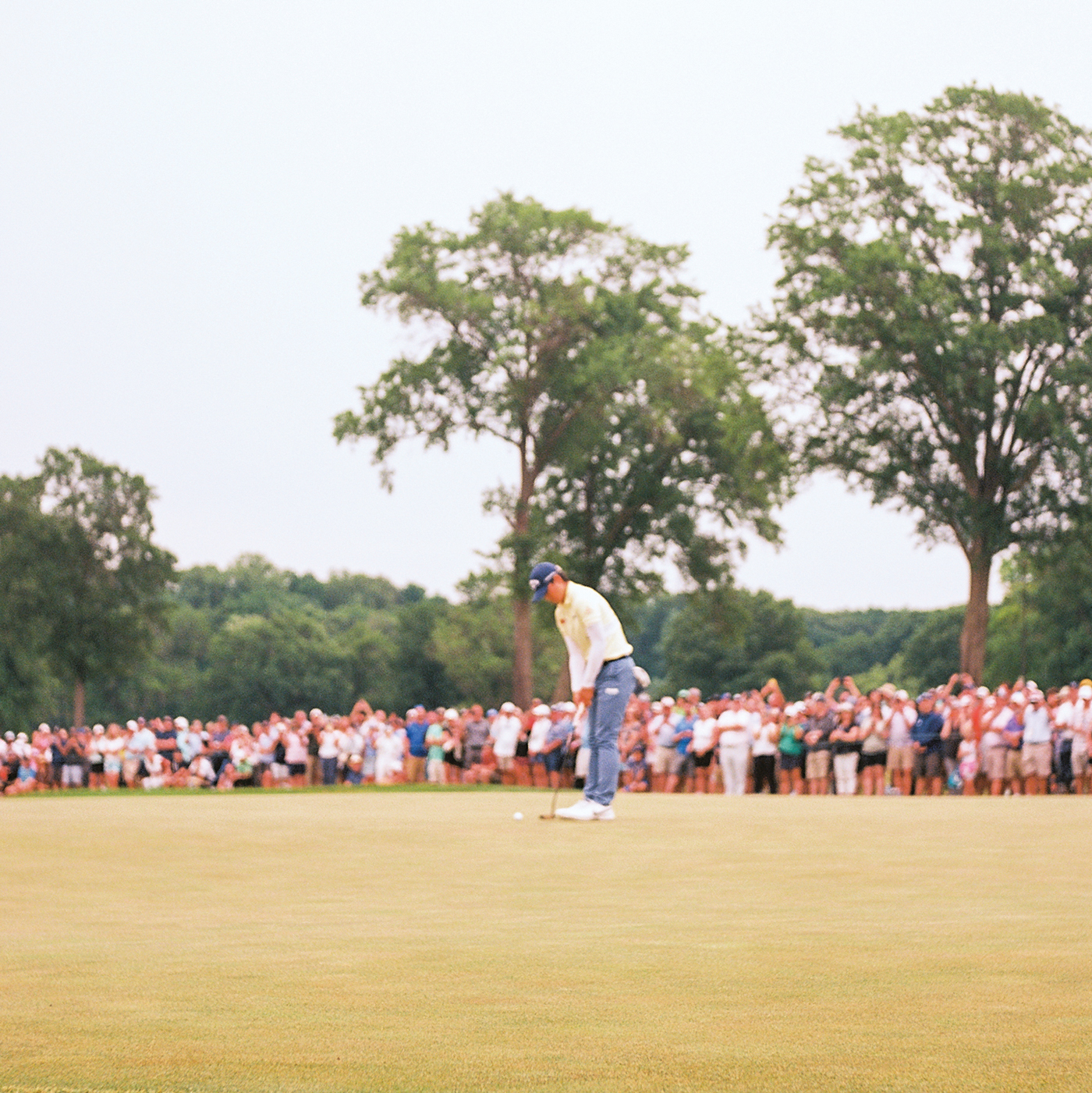
Leave a Reply